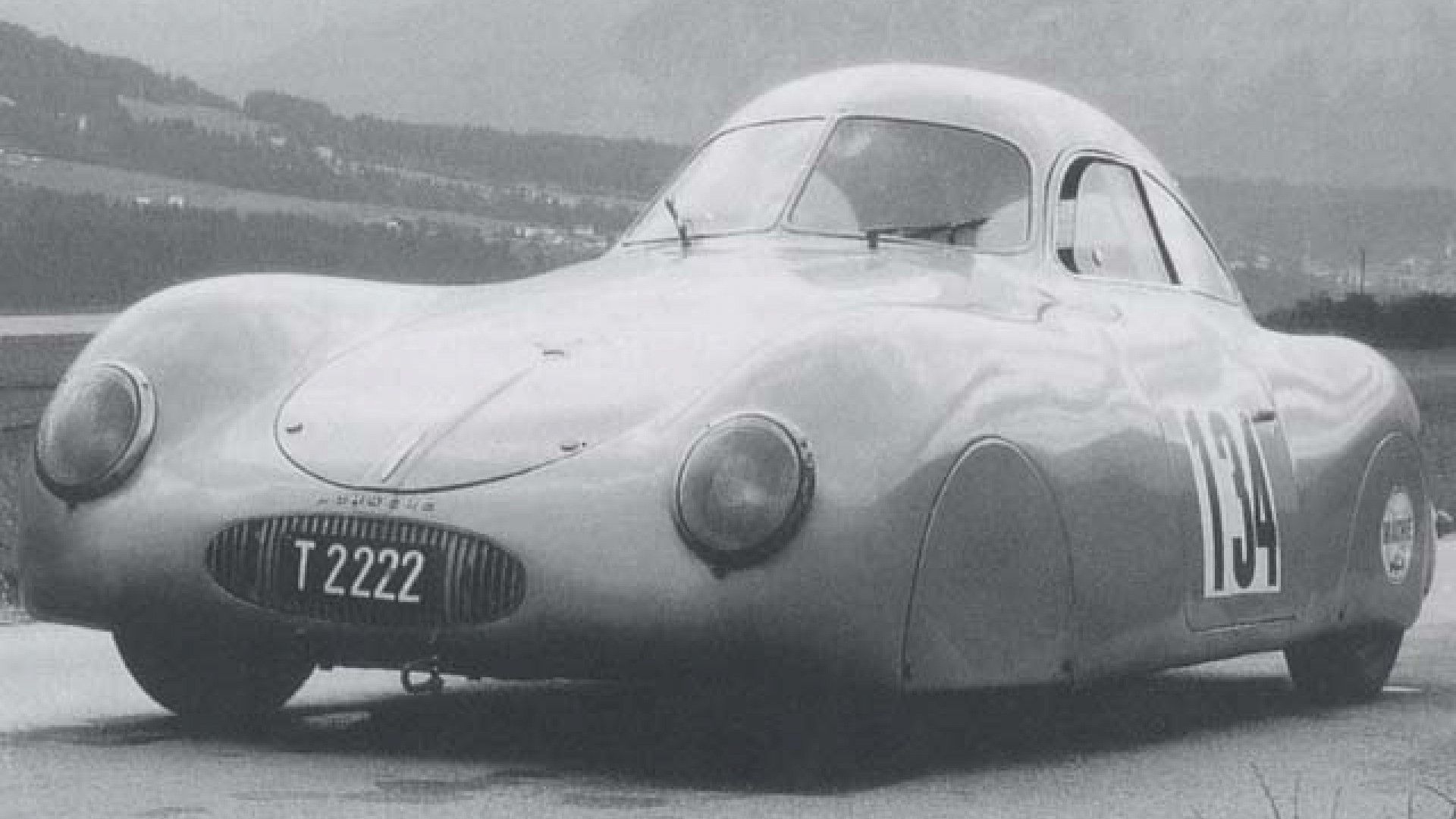Porsche 114
During the development of the Beetle, Ferdinand Porsche presented to those responsible for the proposal for a Volkswagen sports car, the Typ 64. Was originally built on the platform of the VW Beetle, with the same engine, but rose to 1.5 L, reaching at least 160km/h, and more aerodynamic bodywork. However, amidst allegations that the project would not agree with the image desired by the Nazi government austerity, the proposal was rejected Porsche.
Porsche then decided to take the opportunity to realize an old dream, build your own car factory, a dream he nurtured since before joining the Mercedes-Benz. Soon, he and his son, Ferry Porsche, started the necessary to adapt production of the original design for the reality of an independent firm jobs.
His plan included the purchase of a supply of original Volkswagen parts for use in cars, but due to bureaucratic obstacles that prevented a public company selling parts for a particular firm, Porsche had to redesign everything from the engine to the suspension. The project was then renamed Type 114, or F-Wagen (a pun on the P-Wagen Auto-Union and Ferdinand).
Very different from the original idea for the 64 model, the car would present a 1,493cc V10 engine (new at the time), with cylinder angle of 72 °, water cooled, positioned between the passenger and the rear axle, and the front radiator. The suspension is independent front and semi-axles at the rear, with drum brakes on all four wheels. The aluminum body, designed with the aid of wind tunnels, suffer some changes, but still similar to the Volkswagen of time.
Porsche hopes of producing this car unfortunately did not take the project beyond a scale model and incomplete design drawings – international tensions and economic crises prevent the foundation of what would become the Porsche at that time. The rear suspension designed for the car, however, eventually sold to Volkswagen.
However, surprisingly, the war was not cooling the spirits of the Germans to the races. The charge of programming scheduled for 1939 a race between Berlin and Rome. Seeing this as an opportunity to promote the superiority of German engineering and Volkswagen at the same time, responsible for organizing, Hühnlein Major, who was close to Hitler turned his attention back to the Professed Porsche. Drawing on all the work we had done on the 114 project Porsche argued that, although the original design of the Volkswagen Beetle was an economic (and slow) car, a very efficient sports car could be built on its platform.
Soon the project received the green light. However, unlike the original desire of its creator, only three units would be produced especially for the event, in a public relations strategy. Handmade, the aluminum bodies were built by Reutter factory bodies (which later became known as Recaro). Used the platform of the original Beetle with the same measurements and the same suspension. The engine of 985cc, however, by double carburetion, larger valves and higher compression rate, would develop 50 hp. The final product, similar to the Beetle but evidently much more sporty, reached over 150km/h, weighing only 540kg. Its official name, 60K10, reflected the fact that it was based on the model 60, with the 10 ° study body (Karrocerie in German).
Although cars have been ready in time, the race did not happen. The cars were then distributed among plant personnel and government. One is the possession of the Kraft durch Freude bureaucrat (Volkswagen) Lafferentz Bodo, just hit and his remains apparently did not survive the war. The remaining two were left in charge of the Porsche family. They ended up using only one, and put the other in the garage. In May 1945, American troops discovered which was put in the garage, cut the ceiling and used as drive car until the engine burst, weeks later – ending up in the junkyard. The last remnant was with Ferry Porsche, who restored the Pininfarina in 1947. In 1949 it was sold to the Austrian Otto Matte motocilcista, which won him the Alpine Rally in 1950. The last time he drove was the Monterey Historic Races in Monterey, California, 1982.
Although the project has 114/Typ 64 never entered production, his legacy is present in today’s Porsches. After the second war, Ferry Porsche began building its famous cars based on the Volkswagen Beetle, and eventually began producing the 356, identical in concept to the Type 64. Though the 114 was just a project, and 60K10 just a series of prototypes, the studies and project-related solutions have had a major impact on the future of Porsche, helping it become the strength in the automotive world that is today.
99
